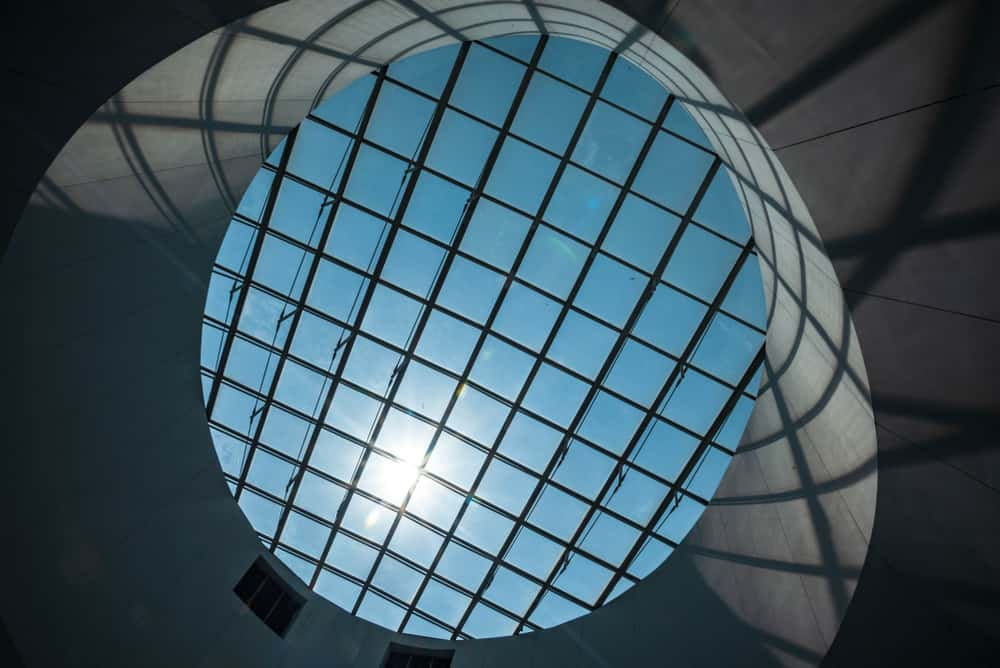Ceilings don’t have to be boring. There are ways to make them enhance the décor of your home. For example, ceilings could be painted in vivid colours to complement or contrast the walls. There could be light fittings that add a touch of class. And there could be various types of ornamentation.
A ceiling jali design is one of the most striking ways of uplifting interior décor. It is also practical in terms of regulating heat and light.
Let’s walk you through the origins of ceiling jali design, its advantages, and some stunning designs that you can use as inspiration.
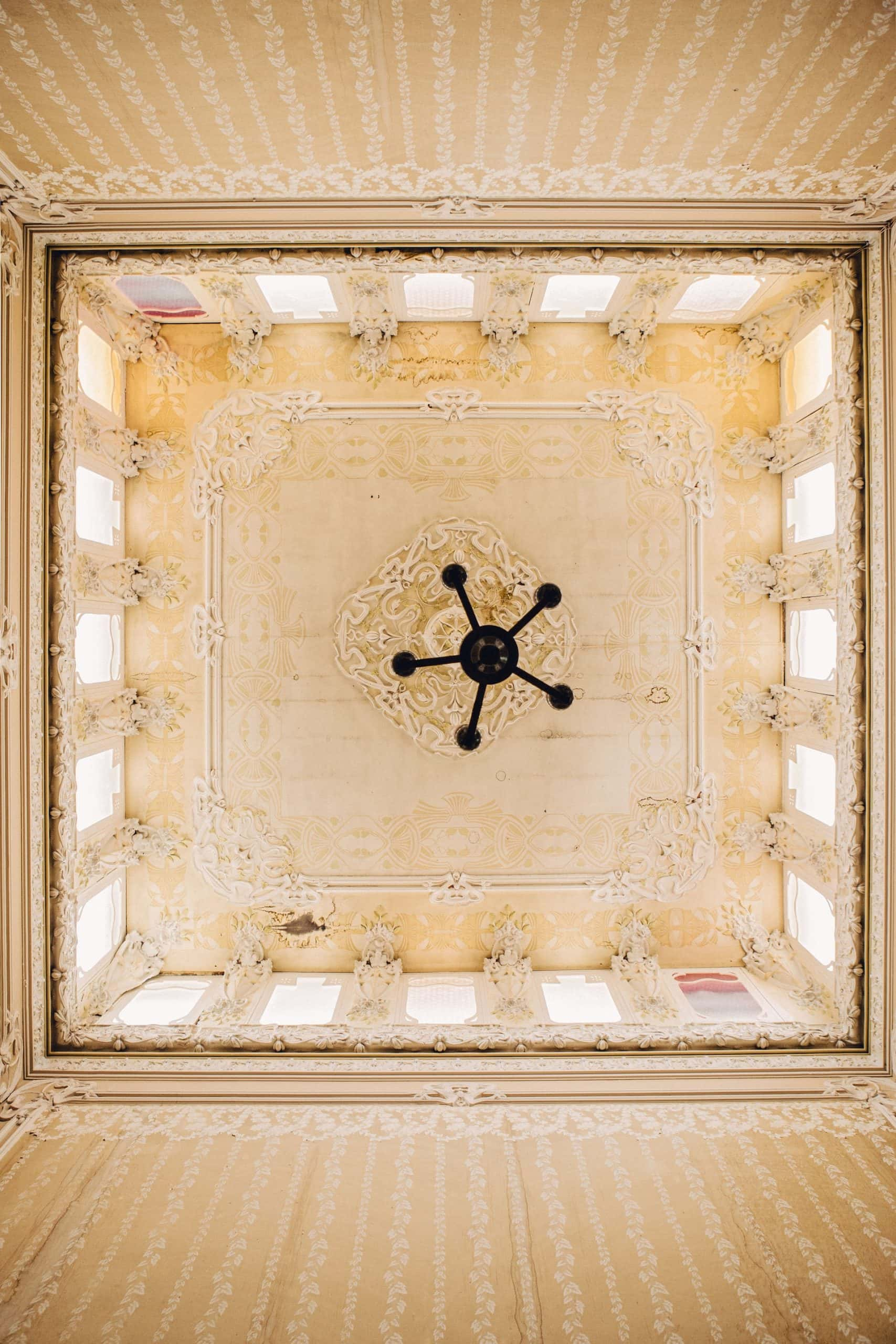
The Origin and Advantages of Ceiling Jali Design
The word “jali” originally referred to a type of net. Nowadays, a jali is taken to mean an intricate lattice-like pattern. These are created in various styles and motifs: floral, geometric, and so on.
It’s not only on ceilings that you will find jalis. They are also often used in wall partitions, windows and pillars. These ornate carvings have also inspired works of art and jewellery, not to mention cloth embroidery.
Ceiling jali design and the use of jalis in other areas have several advantages.
- Many jali designs look exquisite and lend grandeur to the space.
- A ceiling jali design creates a sense of openness and space.
- Jali designs don’t block natural light.
- A jali design also does not prevent air circulation.
When it comes to ceiling jali design, it is often created by using panels that are affixed to the ceiling. Let’s take a look at the materials used to do this.
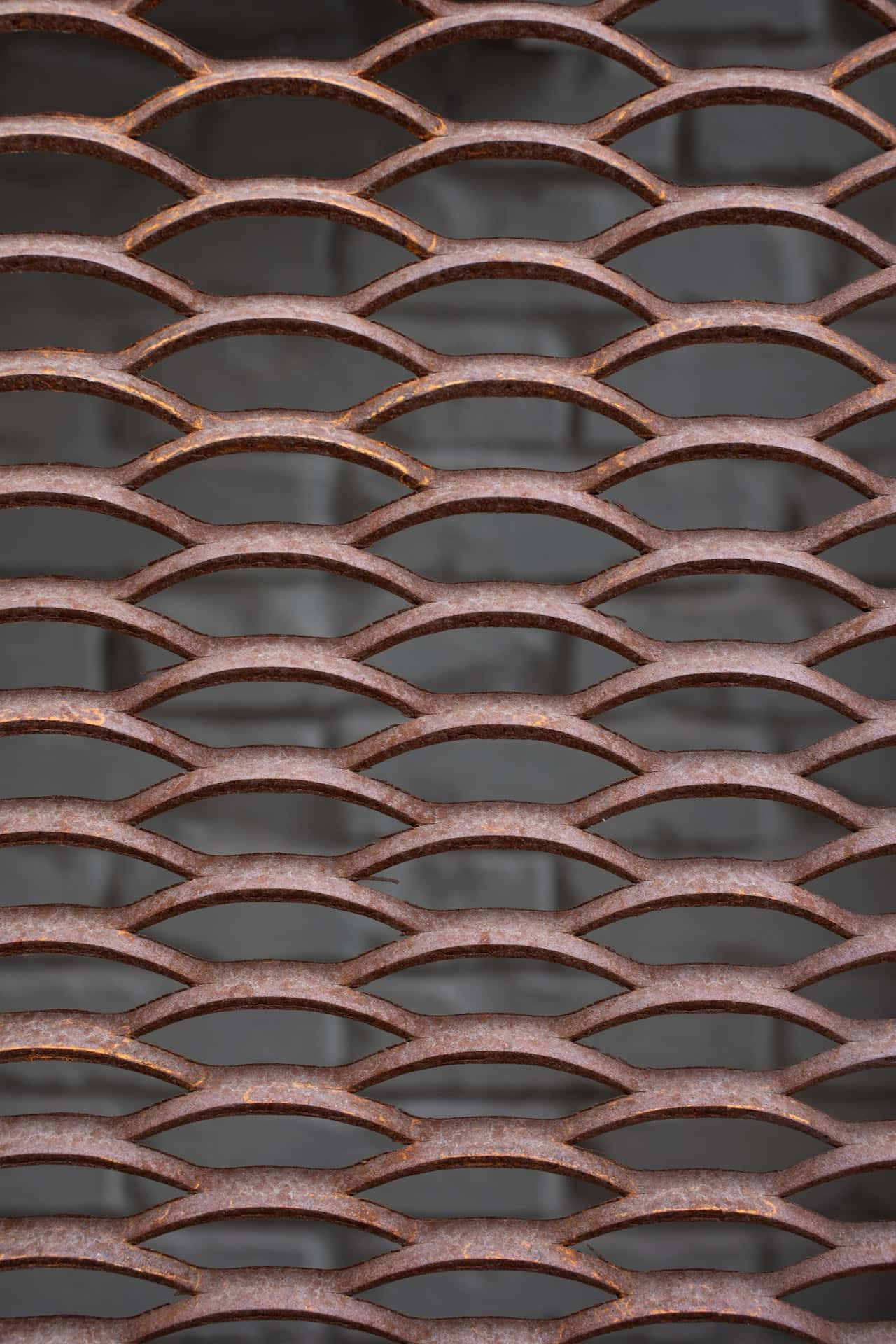
Ceiling Jali Design Materials
In the past, jali designs were often crafted from metal, marble, ivory and wood. These materials are still used in many places. However, there are also other materials that are durable and cost-efficient for ceiling jali design.
In ceiling jali design, MDF and POP are contemporary materials that are very popular among homeowners.
- MDF is a medium-density fibreboard. This is easy to drill, carve and cut. It has a smooth surface and can be dyed and stained to resemble real wood. An MDF jali design for the ceiling will not only look good, but it will last longer, too.
- POP is Plaster of Paris. In its original state, it is a fine white powder made from gypsum. When mixed with water, it creates a substance that can easily be moulded and crafted. This is also durable and good-looking. A POP jali design lends itself to many intricate and exquisite patterns.
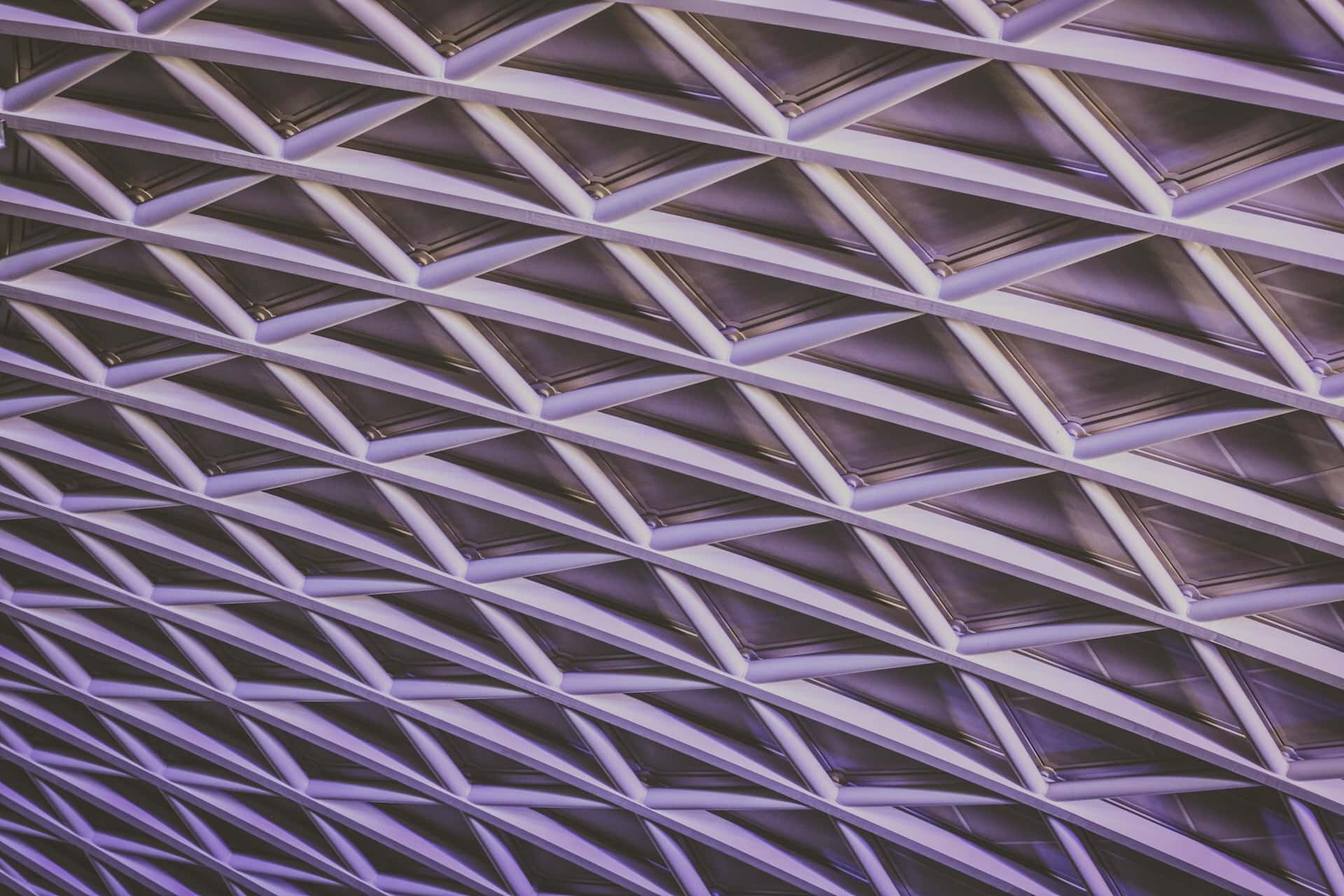
Striking Ceiling Jali Designs
Take a look at the many ways that you can use a ceiling jali design to make a stunning impression.
Dome with Skylight
You can create the effect of a dome, at the centre of which is a skylight. This imparts a sense of majesty. It is suited to larger rooms that are on the upper floors. Of course, you could just go for a dome-like structure without the skylight. It can make any living room unforgettable.
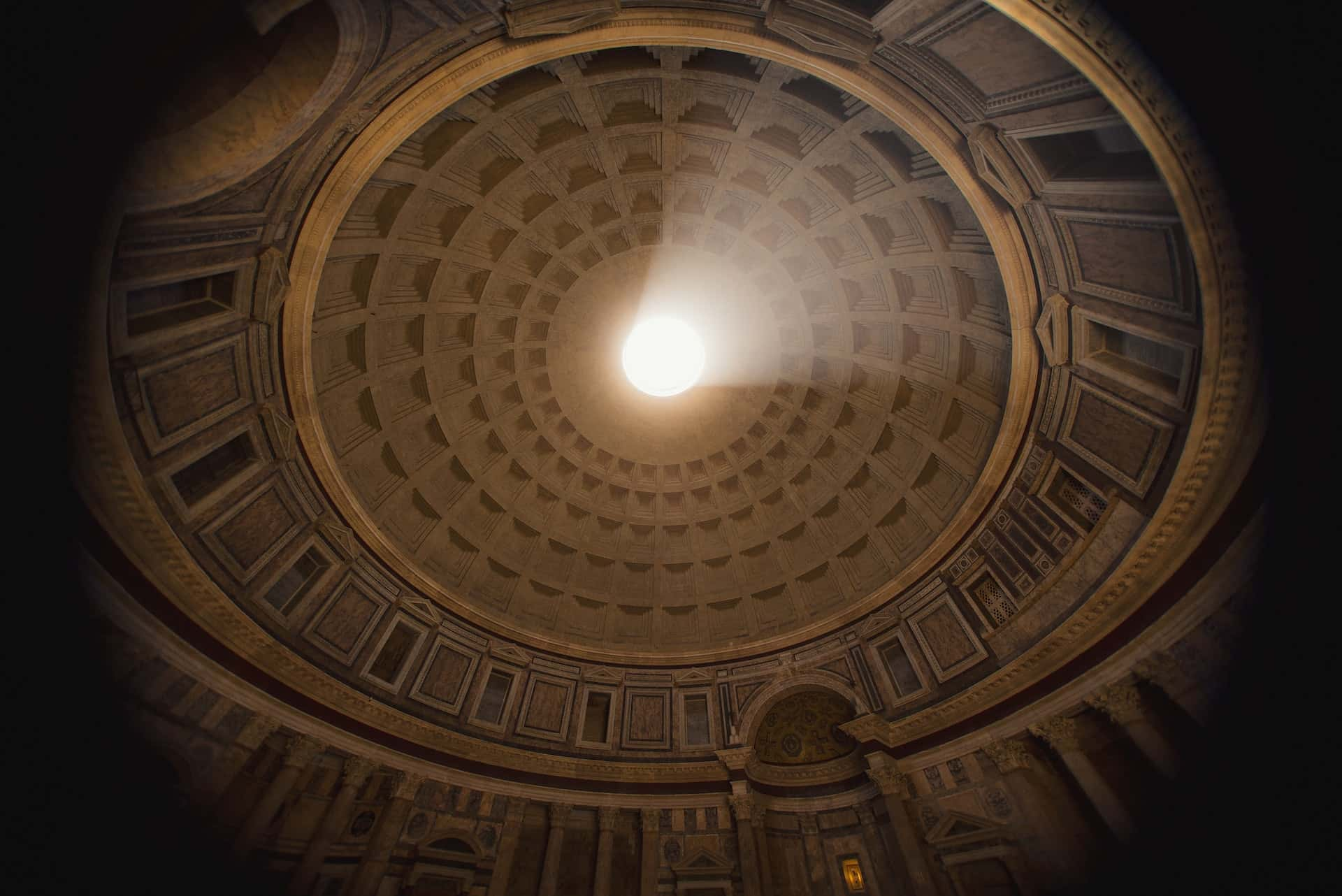
Medieval Mystery
Recreate the glory of medieval times with this intricate jali design. Here, it is not just the ceiling but also the walls in which latticework is used. This type of design is at its best when combined with striking colours and motifs. Clerestory windows uplift the ambience even more.
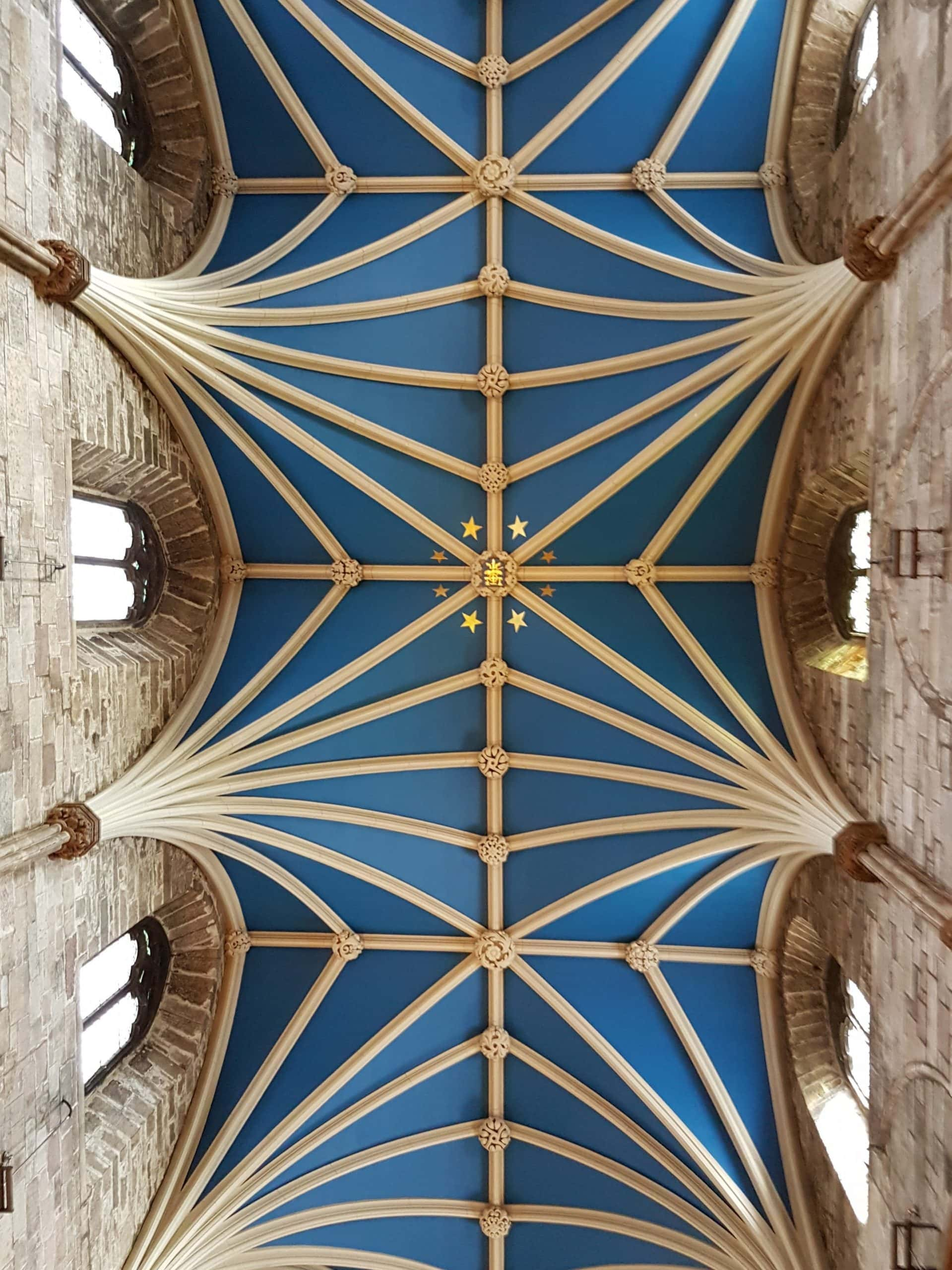
Rajasthani Grandeur
Bring home the romance of Rajasthan by borrowing the aesthetic of their royal windows for your ceiling. Traditionally, these are carved from stone. However, that may be too heavy for a ceiling. POP or MDF, as we have suggested, will also work well. These intricate patterns will bring your ceiling to life.
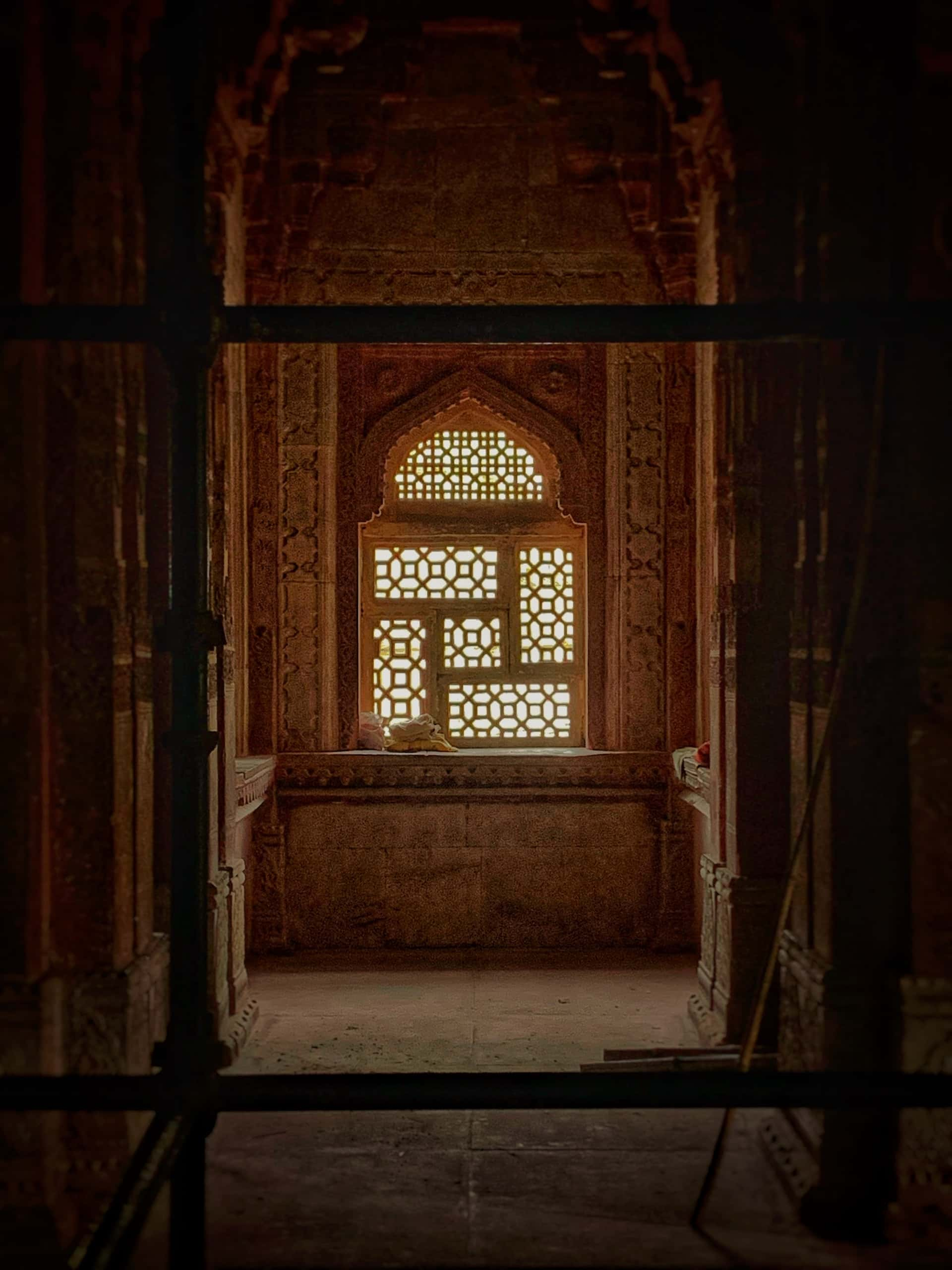
Asymmetrical Motifs
A ceiling jali design does not have to be one single boring pattern. You can make it modern by using asymmetrical designs. Here, the overall effect is one of fluidity and grace. Again, the colour you choose for this sort of pattern could provide a striking contrast to the walls.
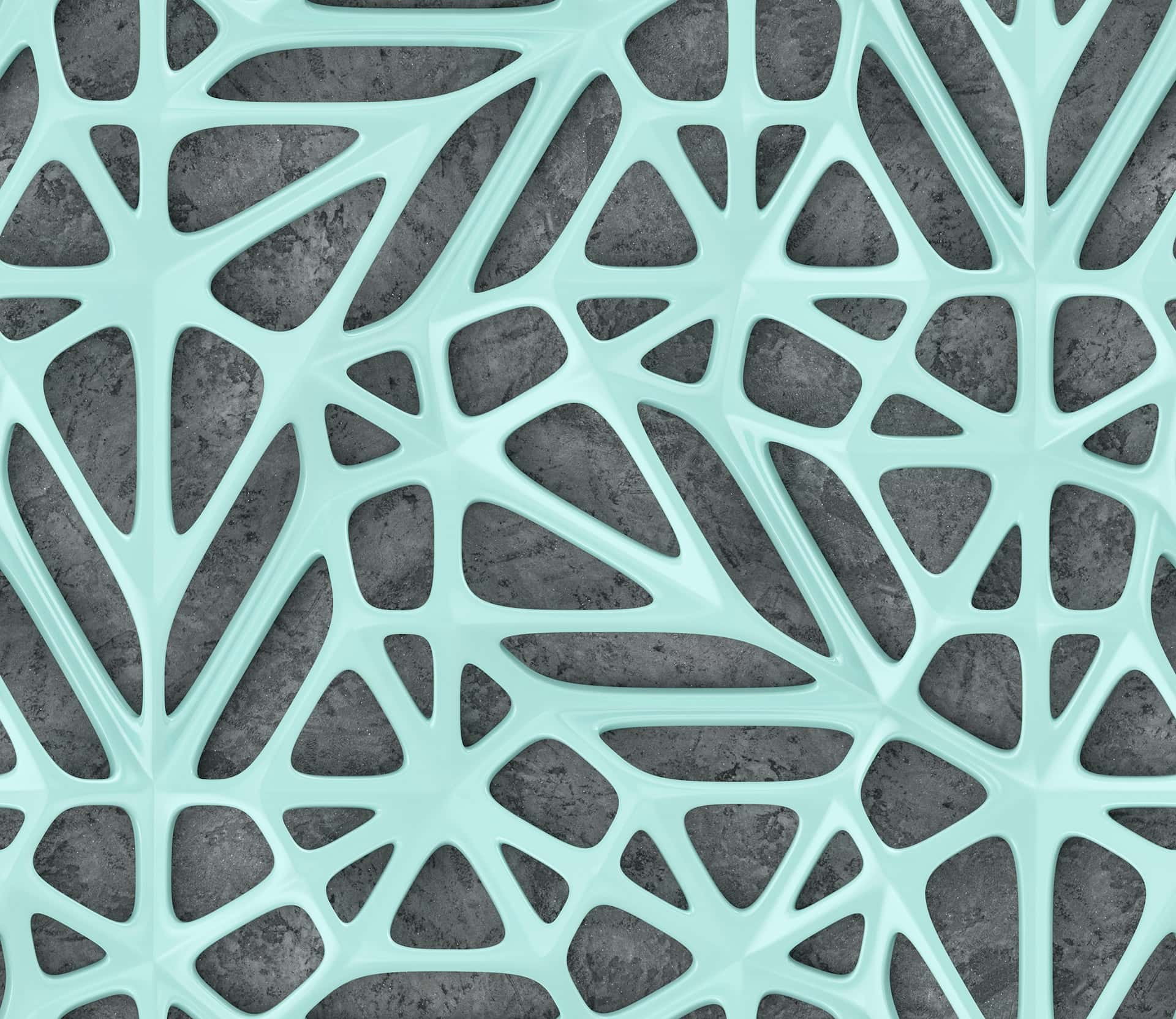
Spherical Style
In this sort of ceiling jali design, you can play with circular patterns for an unusual modern look. Touches of silver or another metal will add distinction. In this case, the effect is heightened because of a wooden base. You could also have a traditional ceiling painted in a lighter colour to really enhance the effect of this style.
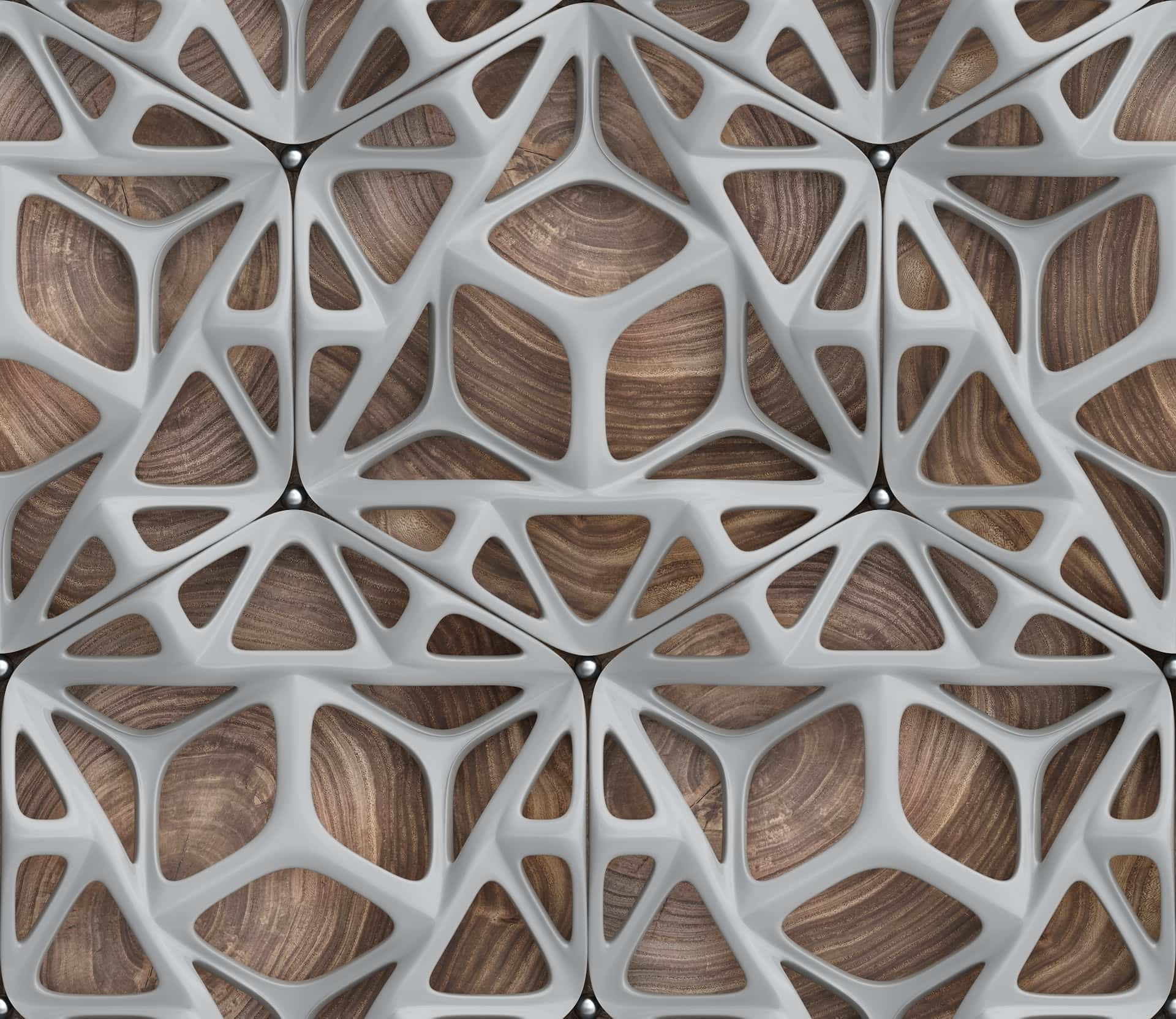
Hexagonal Mystique
Hexagons are often used for ceiling jali design. These patterns are repetitive and intricate, adding up to a pleasing whole. The hexagons themselves can be as small or large as you like. You can even use fine metal as a material to make this design stand out.
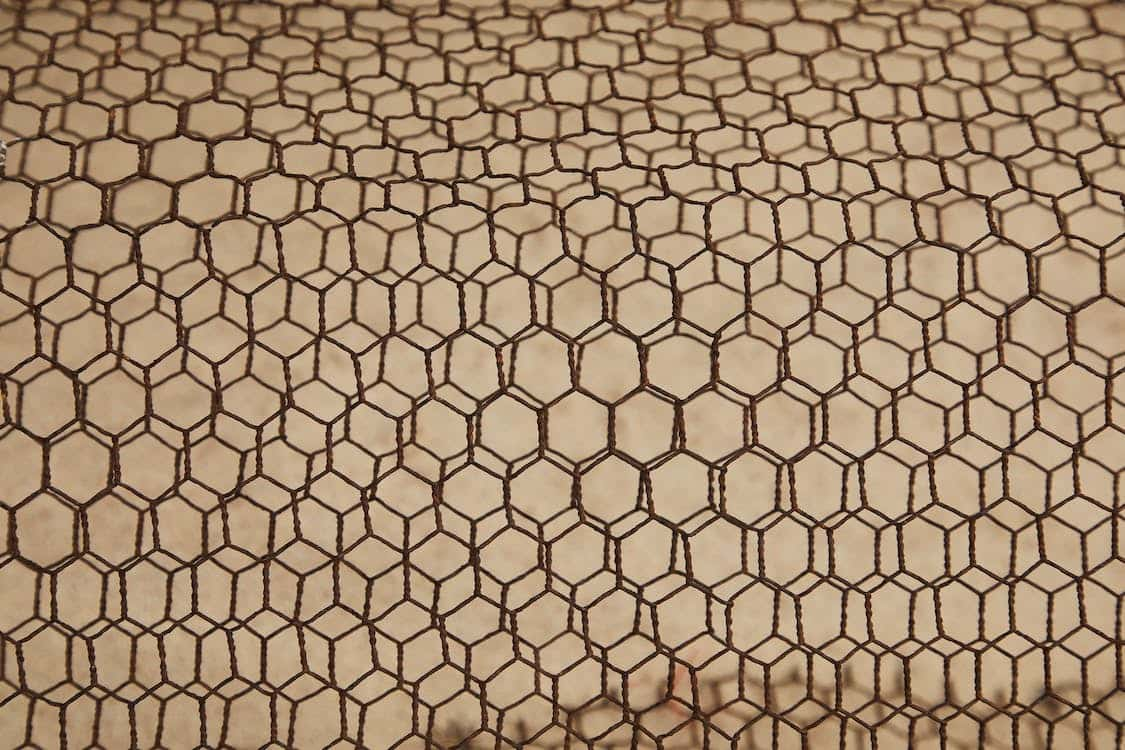
Planting Patterns
One way to bring home the freshness of the outdoors is by hanging plants and vines from the ceiling. A ceiling jali design lends itself to this very well. Against an MDF jali false ceiling, you can have a metal design which acts as a support for the plants you choose. If maintenance is an issue, you can also create the same effect with artificial vines.
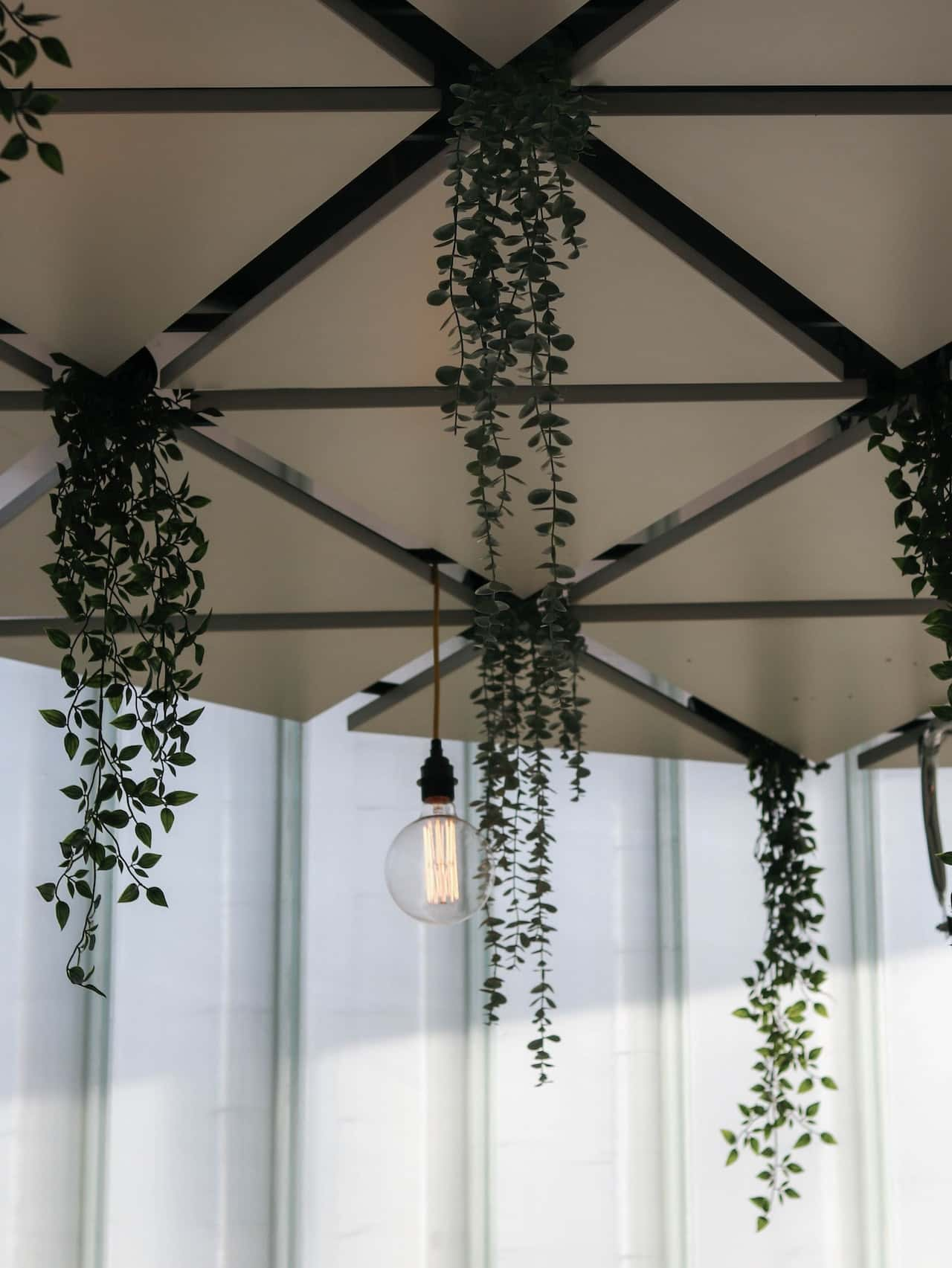
Roses All the Way
Flowers have been used in wall, window and ceiling jali designs for a long time. Floral motifs are very adaptable, as you can see above. They create a pleasing and fresh pattern.
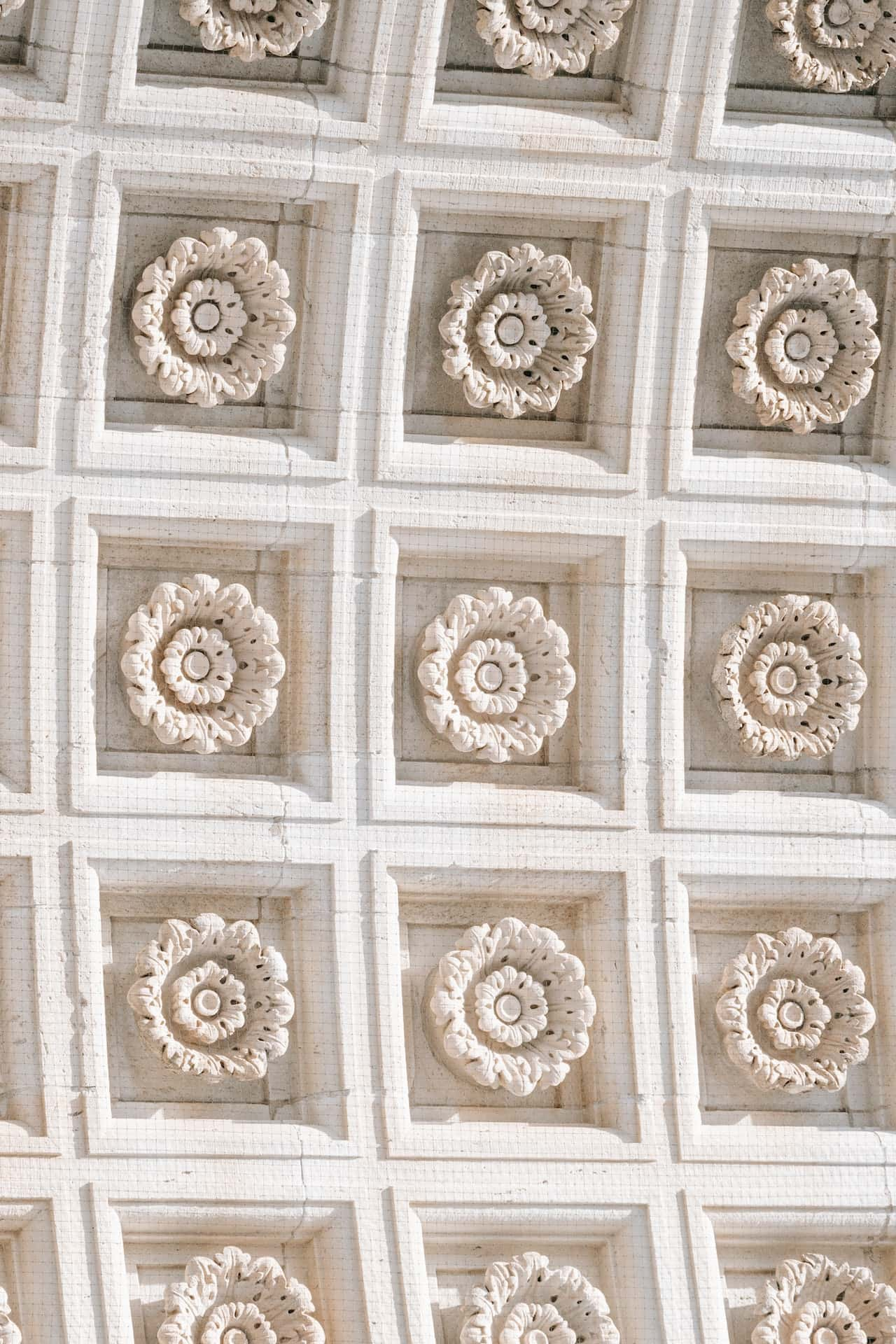
Maintaining a Ceiling Jali Design
A false ceiling jali design will require a little more care than a normal ceiling. A lot depends on the material and the pattern.
If the jali ceiling design is detailed, it will need to be cleaned with care. This is especially the case in areas that can gather a lot of dust. Another aspect to look out for is cleaning the area of spider’s webs.
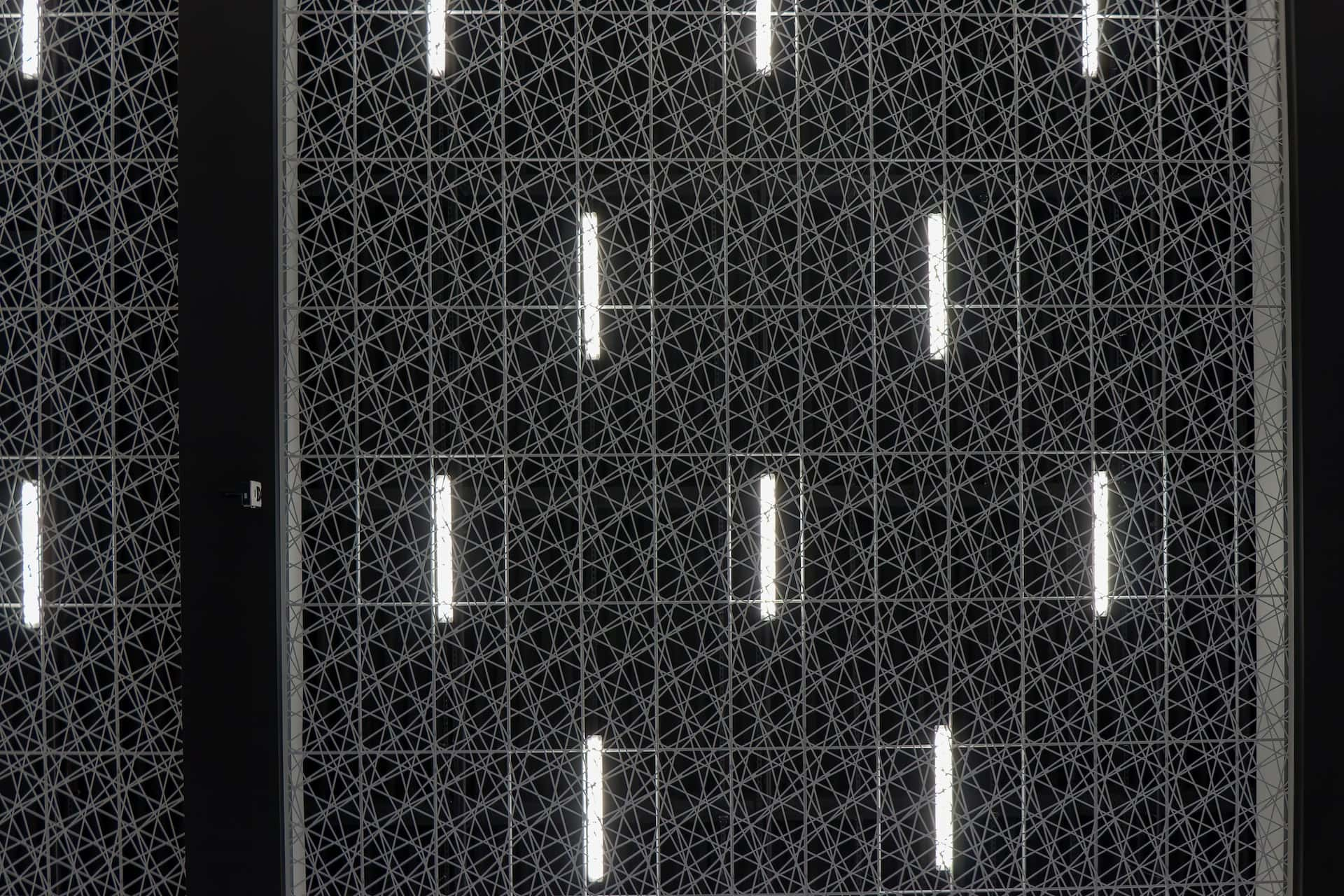
In cases where the jali false ceiling design is made of MDF or POP, it should be periodically checked for cracks. However, if properly created and installed, there is no reason for such a ceiling not to last for a long time.
HomeLane has many more tips and suggestions to brighten up your interiors. After you decide on a ceiling jali design, you should look at some traditional living room designs to complete the picture.
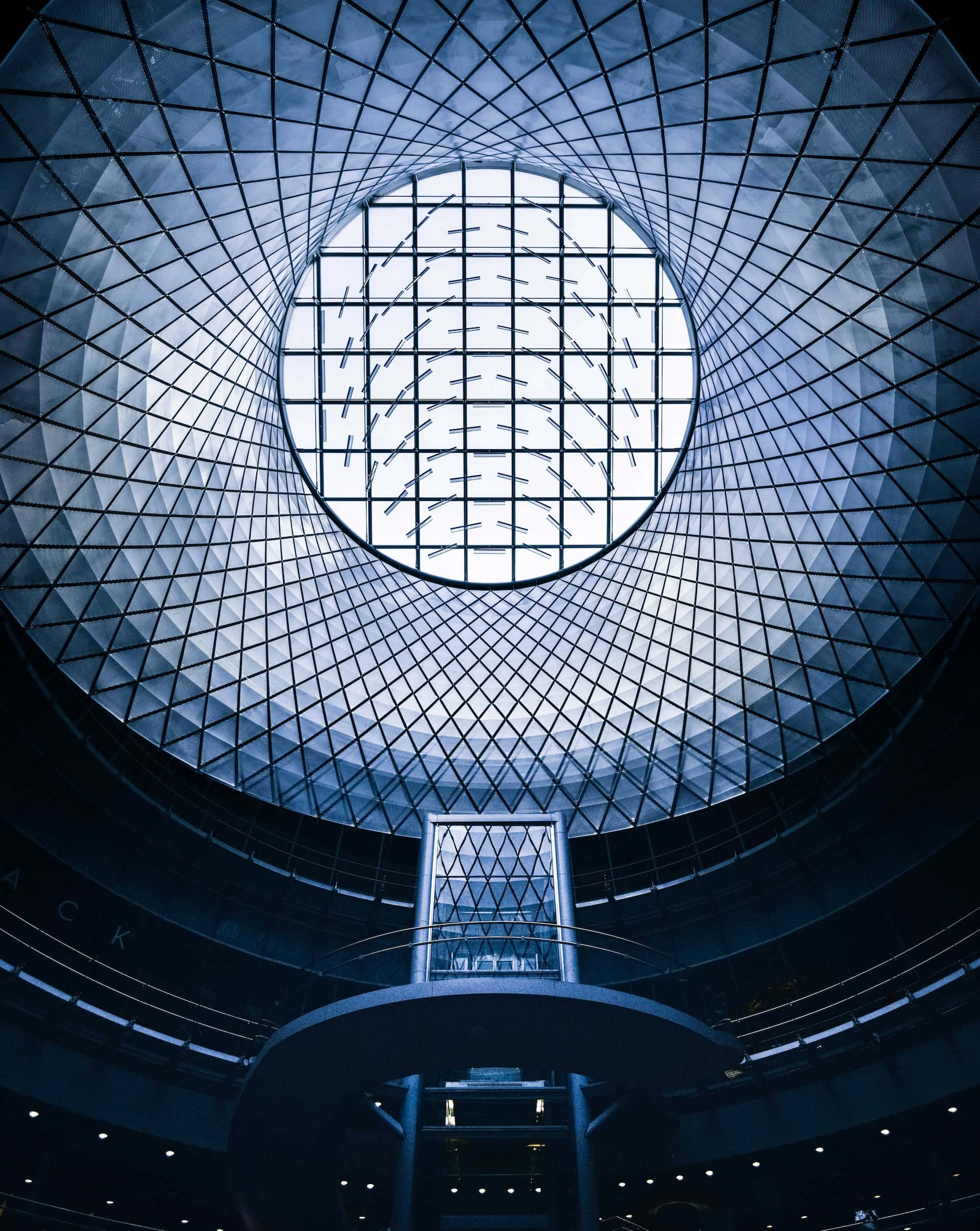
FAQs
1. What Is Jali Design?
Jali design is created from a screen that is perforated or latticed. A typical jali design has an ornamental pattern that is geometric or floral. Jali designs are often used for wooden partitions, chair backs, windows, and ceilings.
2. How Many Types of Jali Designs Are Used in Ceilings?
There are several types of jali designs for the ceiling. It depends on the material used and whether the intention is to stay traditional or to add a modern touch. Some materials are wood, MDF, and POP. Traditional jali designs are usually small and intricate. More modern patterns are open and geometric.
3. How Do You Clean MDF Jali?
Regular cleaning involves basic dusting. Periodically, a deeper cleaning is required. For this, a soft cloth dampened with a detergent solution should do the trick. After the procedure, wipe down the ceiling jali with a dry cloth.

